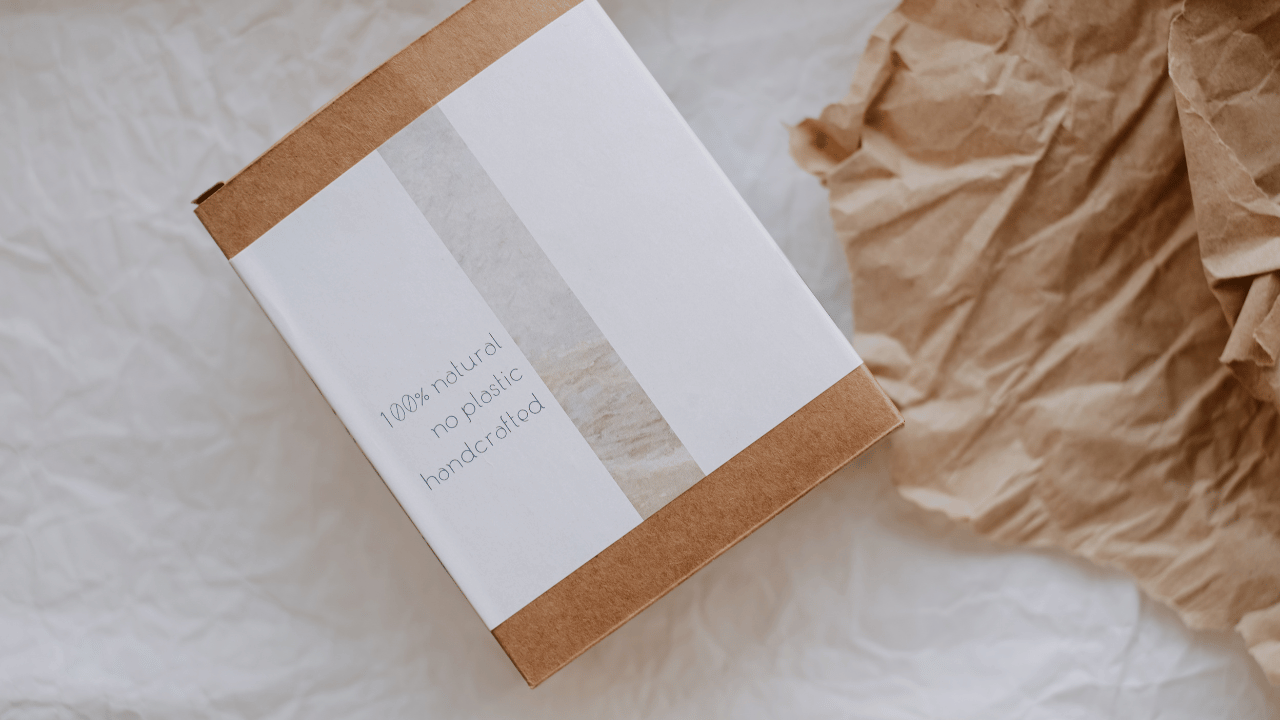Unpacking Biodegradable Products and Packaging
With each passing year, climate change reveals itself as less of an existential crisis and more of an actual calamity. The clock is ticking for collective society to adapt to new ways of thinking and acting when it comes to consumption behavior. For example, major online retailers have shifted to lighter, smaller, and more environmentally friendly packaging material, yet consumers are incentivized to order more for better savings.
Recycling has long been promoted as a counterbalance to increasing consumption. Municipalities and waste management providers have tried to make it as effortless as possible for consumers and businesses to participate in recycling. With that said, recent trends point to the need to re-evaluate the practice of recycling in the hierarchy of green practices.
According to this new study, the production of single-use plastic rose by 6 million metric tons between 2019 and 2021. Another recent study estimates that consumption of single-use plastic will double by the year 2050. Unfortunately, when it comes to the recycling of plastics globally, less than ten percent of plastic waste is successfully recycled with the majority of it ending up in landfills or the environment.
Are We Ready for Plastics 2.0?
As scientists, engineers, and executives lean into the problems spurred by prevalent take-make-waste attitudes, there is a newfound effort to produce materials that are eco-friendly alternatives to problematic plastic material (i.e., expanded polystyrene, EPS, better known as Styrofoam). As states have sought to ban EPS, commonly used as shipping material given its insulating and protective properties, greener options have emerged under the labels of “biodegradable” or “compostable.”
On the surface, these terms are well aligned with sustainable practices – but what do they mean? How are these materials produced? How many natural resources are required in their manufacturing and how much carbon is released? And when it comes to end-of-life considerations, how long does breakdown take in different disposal settings?
Consider PLA, a plastic made from renewable resources, such as cornstarch and sugar cane. Is PLA biodegradable? Yes – at high heat in a controlled environment -- not the conditions present in a landfill, backyard compost, or the ocean.
Where benefits emerge for biodegradable items is, like with any other product, in reuse. For example, beverage coolers made of biodegradable materials have recently hit the market to replace Styrofoam coolers. These products are marked for their environmental benefit over EPS, as well as durability qualities that enable multi-use before degradation.
Repositioning Reuse
With reuse, an item is manufactured once and then its value, including the resources consumed in its production, are essentially amortized over multiple uses and users before end-of-life. As a green behavior, reuse has been largely discounted for the benefit it delivers in terms of delivering sustainability. This is because the notion of reuse runs counter to the objectives of many businesses: to sell more products. However, different drivers have promoted the virtue of reuse in recent times. Supply chain challenges and inflation are two trends that have people thinking differently about “used cars” and “secondhand” clothing.
Participating in a reuse or circular scenario affords a person or a business something that might be out of reach to procure otherwise. In the case of packaging for high-impact necessities, like what we ingest to nourish our bodies and maintain our health, reuse offers tremendous appeal – and affordability (financial and environmental).
Consider the cancer patient waiting at home to receive a medicine intended to stimulate the immune system. The patient cares that:
- The medicine arrives on time
- At the correct temperature
- Without tampering or damage
The same could be said for the parent waiting on a meal kit delivery to start dinner. Given the choice between one-time packaging offering moderate protection that must be disposed of by the recipient, versus higher caliber reusable packaging that is maintained, certified, and ultimately has its end-of-life managed elsewhere once retired, who wouldn’t pick the option that provides the win-win of reliability and convenience?
For a long time, the notion of reuse has been the proverbial middle child of the “3 Rs” we have all grown accustomed to reciting – reduce, reuse, recycle. Today, reuse is finally getting the recognition it deserves even as new and environmentally ‘better’ solutions are being marketed. Ultimately, packaging and material developed to be biodegradable seem ideal, assuming the infrastructure is widely available to support the conditions necessary for timely breakdown. Until then, reuse remains a virtuous behavior that extends product value, including the labor/materials converted and carbon created during initial production and delivery.
